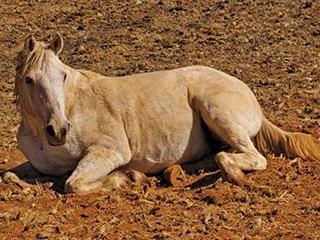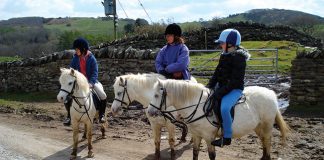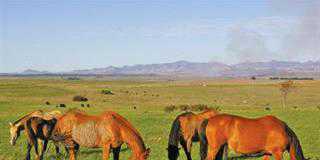
Lice aren’t very selective when it comes to their living quarters. Human or horse, all lice want to do is hop on and grab a meal. I mention this, because often the mention of ‘lice’ conjures up images of dirt and poverty. But this isn’t always the case. Often, it’s the most well-kept show horse that gets lice. The only difference between the horse that lives in a ‘mansion’ and the one living ‘in poverty’ is the speed of infestation.
Lice are parasitic insects that live in hair. They’re species specific, so it’s unlikely that you’re going to get lice from your horse and pass them on to your kitten. Two types of lice attack horses: the grey sucking lice and the brownish chewing lice. Lice will live wherever they find warmth and food, and are transferred by direct contact. Winter and early spring are popular lice seasons. If many horses live in close quarters and share grooming equipment, lice can become epidemic.
The parasite will either suck the horse’s blood or feed off dead skin cells and lay eggs called ‘nits’ in the horse’s coat, mane and tail. Nymphs hatch and can also cause itching, especially at the base of the tail, mane and head.
Inflamed
As your horse scratches on the tree, fence or stable door, raw patches start to emerge on the skin, which become inflamed and infected. Some horses can be so irritated that they appear to have colic. If your horse has a bad infestation of lice it can become very run down and the blood loss may even result in anaemia. For treatment, use permethrin-based dusts, shampoos or rinses. Wear a mask and rubber gloves if using a powder. If the skin shows signs of irritation or infection, you’ll need to consult a vet. It’s also a good idea to treat everything that you use around your horse, such as rugs, blankets and brushes. Wash and, if possible, boil.
Grooming
Lice, ringworm and mange are easily transferred from one horse to another. So each horse should have its own grooming kit, which should be washed at least once a month. Then groom regularly and keep checking rugs.
Contact Kim Dyson on 082 888 6511 or at [email protected]. Please state ‘Horse therapy’ in the subject line of your email.













